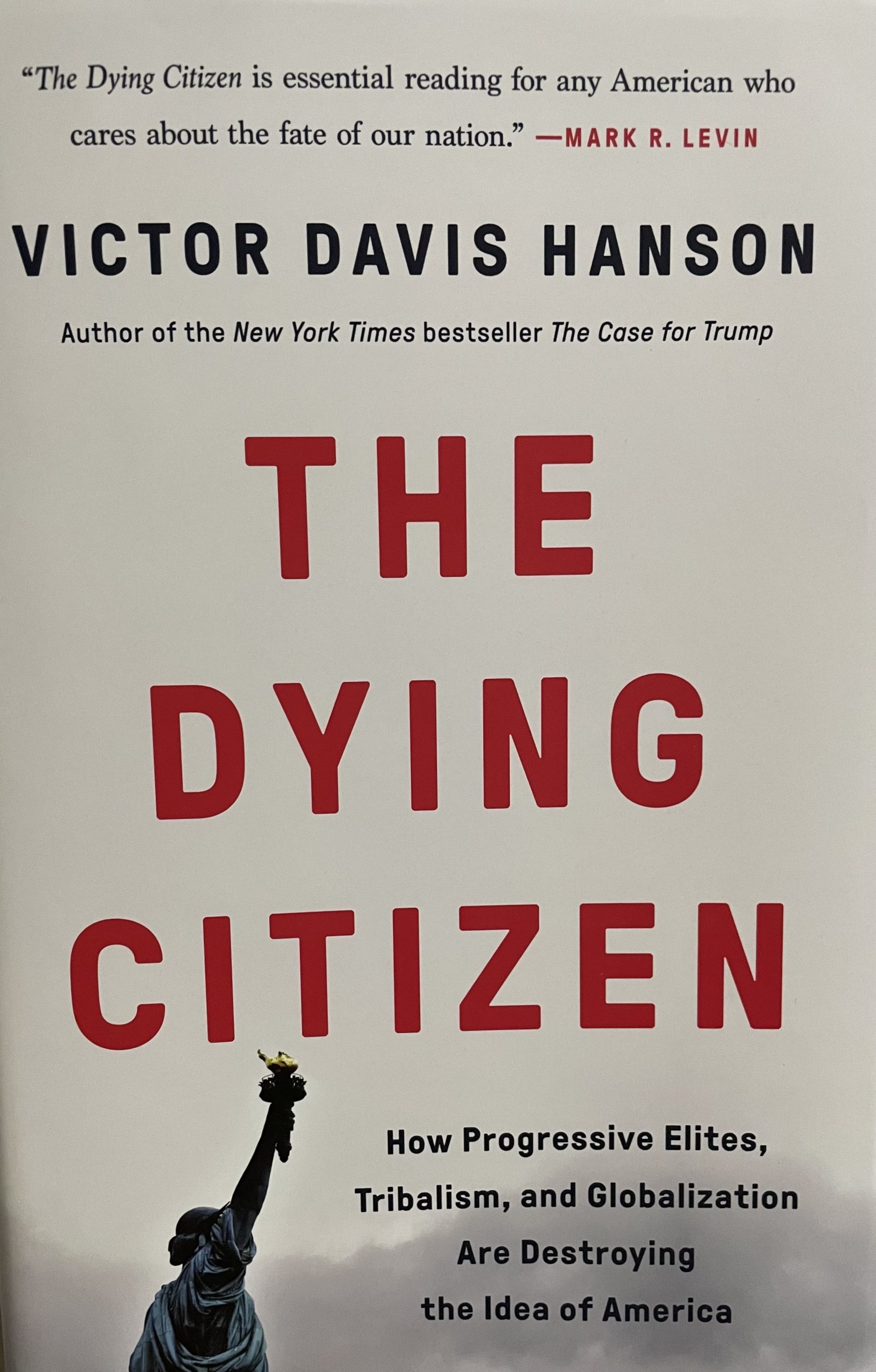Although revered by academics and enshrined as a first commandment in higher education hiring and student selection, affirmative action is being questioned by the very people it was designed to benefit.
“Race preferences are divisive and demoralizing,” La Shawn Barber (pictured), a Washington, D.C.-based writer and “former liberal,” said at Accuracy in Academia’s (AIA) summer conference. “They cause self-doubt. They cause others to doubt black achievement.”
Barber has written for a variety of publications including The Washington Post. She spoke on a “women’s studies” panel at AIA’s Conservative University conference in July alongside legendary author and activist Star Parker.
Parker pointed out that according to polls, black Americans, although still overwhelmingly Democratic, register with the party by markedly smaller margins today. Since the last election, the Democratic Party registration edge among black Americans has dropped from about three quarters to two thirds.
The black community is questioning the governmental approach to problems and becoming skeptical of more of the same. Commentators such as Parker and Barber do not shy away from verbalizing this skepticism.
“Why is our government, founded upon the ideals of freedom and fairness, discriminating against some and preferring others based on race?” Barber asked.
Taking a look back at our history, Barber pointed out that “affirmative action,” a term first used by President Kennedy in a 1961 executive order, was originally non-preferential.
Under this order, federal contractors were to “take affirmative action” to ensure that applicants were treated equally “without regard to race, color, religion, sex, or national origin.” Contractors, Barber added, were also “encouraged to cast a wider recruitment net to include more qualified minorities in the hiring pool who had been historically excluded.”
“That, and only that, is affirmative action,” Barber said. Today, however, affirmative action can best be described as race-preferential, not race-neutral, Barber argued.
“And you can blame a Republican!” Barber exclaimed. “President Nixon opened the door to racial quotas in 1971 when he authorized the Department of Labor to set specific goals and timetables to correct the underutilization of blacks by federal contractors.”
Preferential affirmative action later reared its ugly head in education with the University of California v. Bakke case, she added.
The University of California at Davis, in its medical school, had two separate admissions tracks. The school set aside 16 slots for black applicants, who were judged by less rigorous standards. Rejected white student Allan Bakke filed suit, alleging violation of the 1964 Civil Rights Act.
Although the Supreme Court rejected the school’s use of racial quotas, it decided that for the sake of diversity, admitting lesser-qualified minorities constituted a “compelling state interest.”
“Diversity now rules the day,” Barber said. She predicts the race preferences debate will only get murkier and more heated.
“With Hispanic immigrants surpassing blacks in minority status, they’ll increasingly benefit from so-called affirmative action although they can’t claim to have suffered from the effects of past discrimination in this country,” she said.
Barber also predicted that black supporters of race preferences will demand even more, or demand that Hispanics receive less. “There is no end to the madness,” she said.
“Race preferences benefit middle- to upper-class blacks,” Barber points out. Barber has proposed several “race-neutral” alternatives to affirmative action in public colleges and universities.
“Race-neutral alternatives to affirmative action in public colleges and universities include broader socio-economic and regional selection, school choice for K-12, alligning K-12 curriculum requirements with college admissions requirements, just to name a few,” Barber explains.
Meggie Sramek is herself a Washington, D. C.-based writer.










